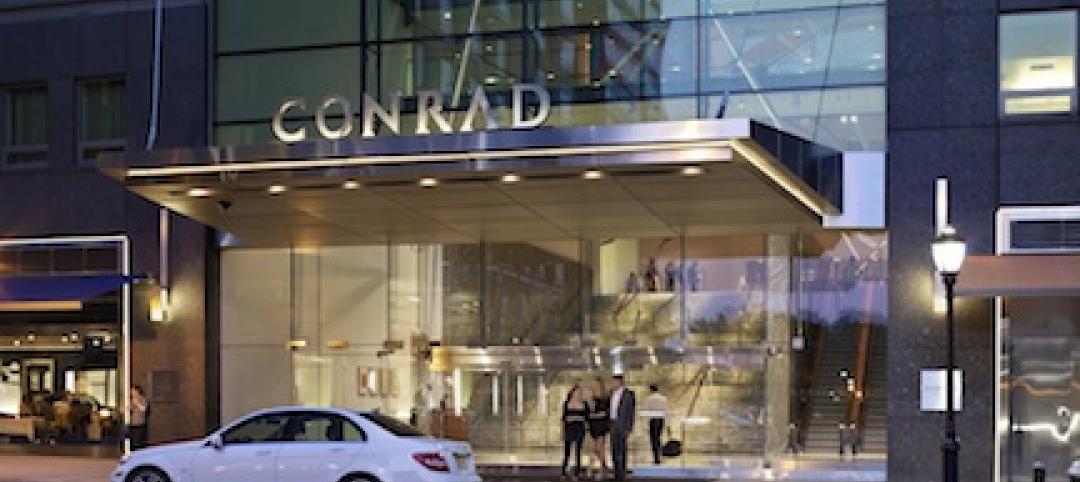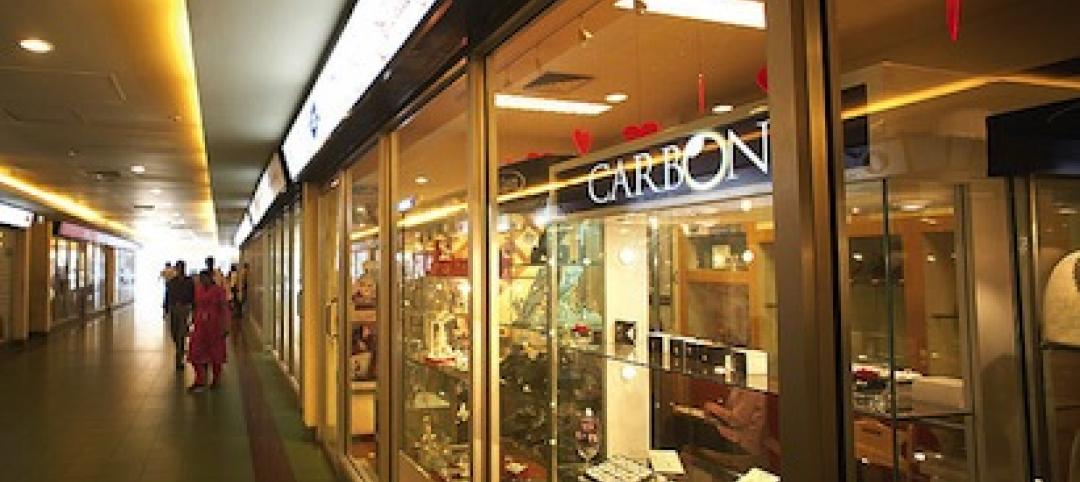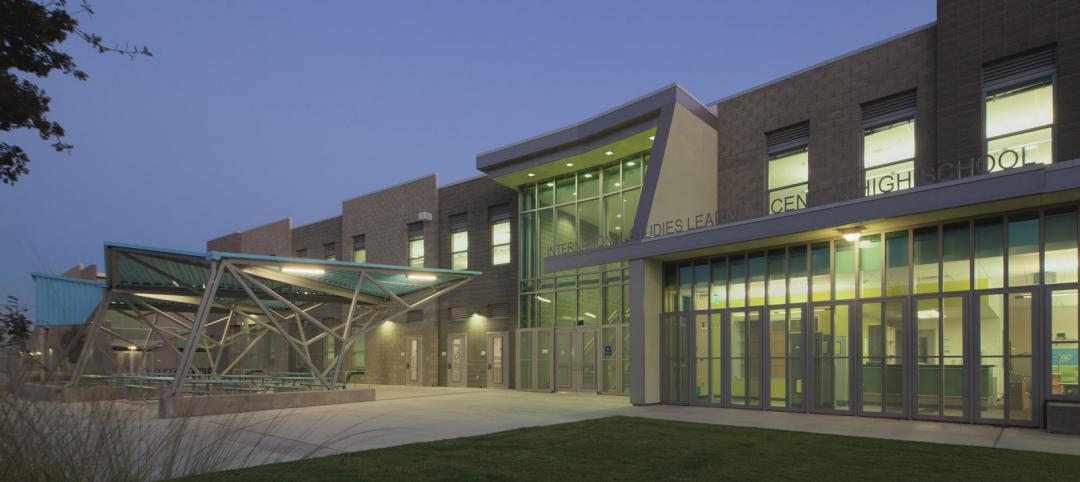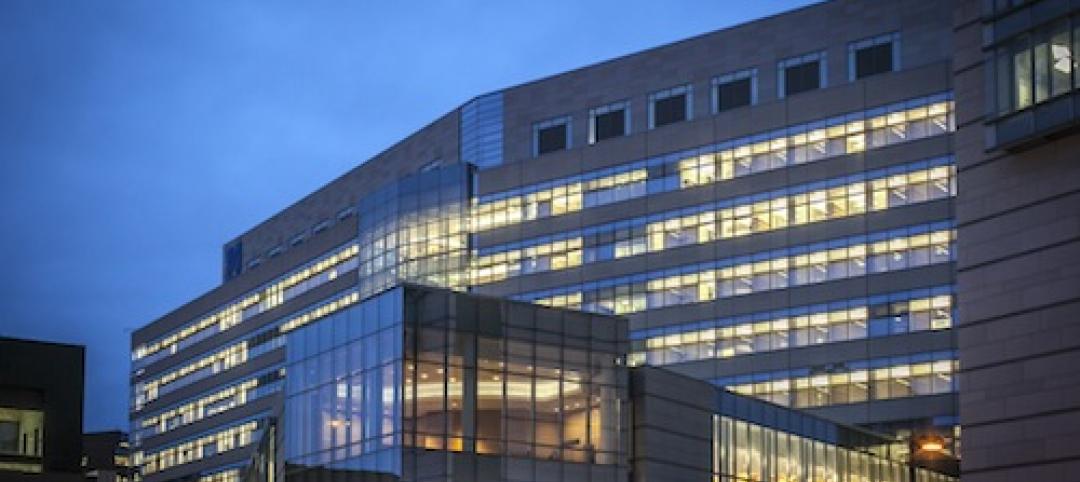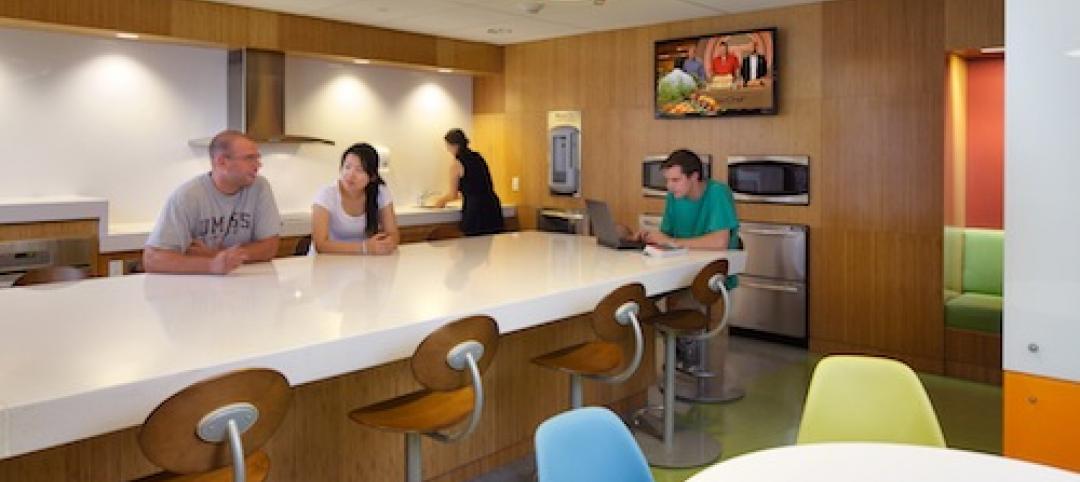This year’s AIA National Convention kicked off with a rock band, inspirational speeches, and a film lauding the collegial values of 2013 Firm Award winner Tod Williams Billie Tsien Architects. With its focus on team excellence, the plenary symbolized a work ethic where interaction rules.
We editors who cover workplace design are running out of synonyms for “open,” “interdisciplinary,” and “synergistic”—productivity concepts that are forcing ever-bolder architectural experiments. Witness GlaxoSmithKline's new 205,000-sf, cubicle-free office space Philadelphia’s Navy Yard (base building by Robert A.M. Stern, workplace and interior design by Francis Cauffman). GSK employees are encouraged to use shared workstations (or even set up shop in the café) but are not assigned permanent space. Increasingly, roaming social networks are praised and hierarchical organizations disparaged, as workplaces mimic the freewheeling vibe of the Internet. It’s a Wikipedia world: fast-paced, cooperative, exposed.
The “teamwork equals productivity” equation is also shaping schools, labs, and numerous other building types. But this level of groupthink usually prompts a pendulum swing. Perhaps it’s not surprising that Susan Cain’s “Quiet: The Power of Introverts in a World That Can’t Stop Talking” spent 16 weeks on the New York Times bestseller list last year. Drawing evidence from history, sociology, psychology, and even evolutionary biology, Cain argues that failing to accommodate the needs of introverts will inevitably lead to lost opportunities.
The author, a graduate of Princeton and Harvard, explores how the “culture of character” common to the Victorian era morphed into a “culture of personality.” The hail-fellow-well-met ideals of “success” gurus like Dale Carnegie and Tony Robbins have become embedded in business school curriculums, she says, ultimately influencing both management practices and facility design. Gregarious, magnetic temperaments are prized, while more reflective and solitary people may be undervalued. Yet some of the most creative figures of the modern era, from Marie Curie to Stephen Wozniak, did their best work alone. (A 2006 study by Brigham Young University professor Bradley Agle examined 128 CEOs of major companies: Those considered “charismatic” by their fellow execs had bigger salaries but no better corporate performance.)
Introverts aren’t necessarily shy, according to Cain. Many perform quite effectively in groups, or even in the spotlight. People simply exhibit varied preferences for stimulation, and introverts need more private time and space to recharge. Cain’s research suggests the need to affirm, and accommodate, both teamwork and solo efforts.
“We need to dramatically rethink open office design,” she recently told TED blogger Kate Torgovnick. “These spaces are so economical that I don’t expect them to disappear, but they desperately need to be balanced with private nooks and crannies. Most people think better when they’re on their own and not subject to constant interruption and scrutiny.” (To be fair to the design team, GSK’s Navy Yard building does include some designated “quiet rooms.”)
The AEC profession favors highly collaborative people, no doubt lending momentum to the acceptance of team-oriented design. But one-size-fits-all rarely provides a foundation for excellence. In an age that worships openness, maybe it’s time to reconsider the usefulness of a closed door.
More from Author
Julie S. Higginbotham | Feb 5, 2014
Do you work in the hotel sector? Tell us what's happening!
If your company is involved in designing, building, or operating hotels or resorts, we'd love to hear your opinions as we plan coverage of this sector in the second quarter of 2014.
Julie S. Higginbotham | Nov 27, 2013
Retail renaissance: What's next?
The retail construction category, long in the doldrums, is roaring back to life. Send us your comments and projects as we prepare coverage for this exciting sector.
Julie S. Higginbotham | Jul 23, 2013
Tell us how you're reimagining the medical office building
"Obamacare" implementation will add thousands of people to the ranks of the insured, including many who formerly sought primary care in emergency rooms. Now, these patients will have coverage that allows them to more easily access the typical treatment channels—and that means greater demand for services provided in medical office buildings.

